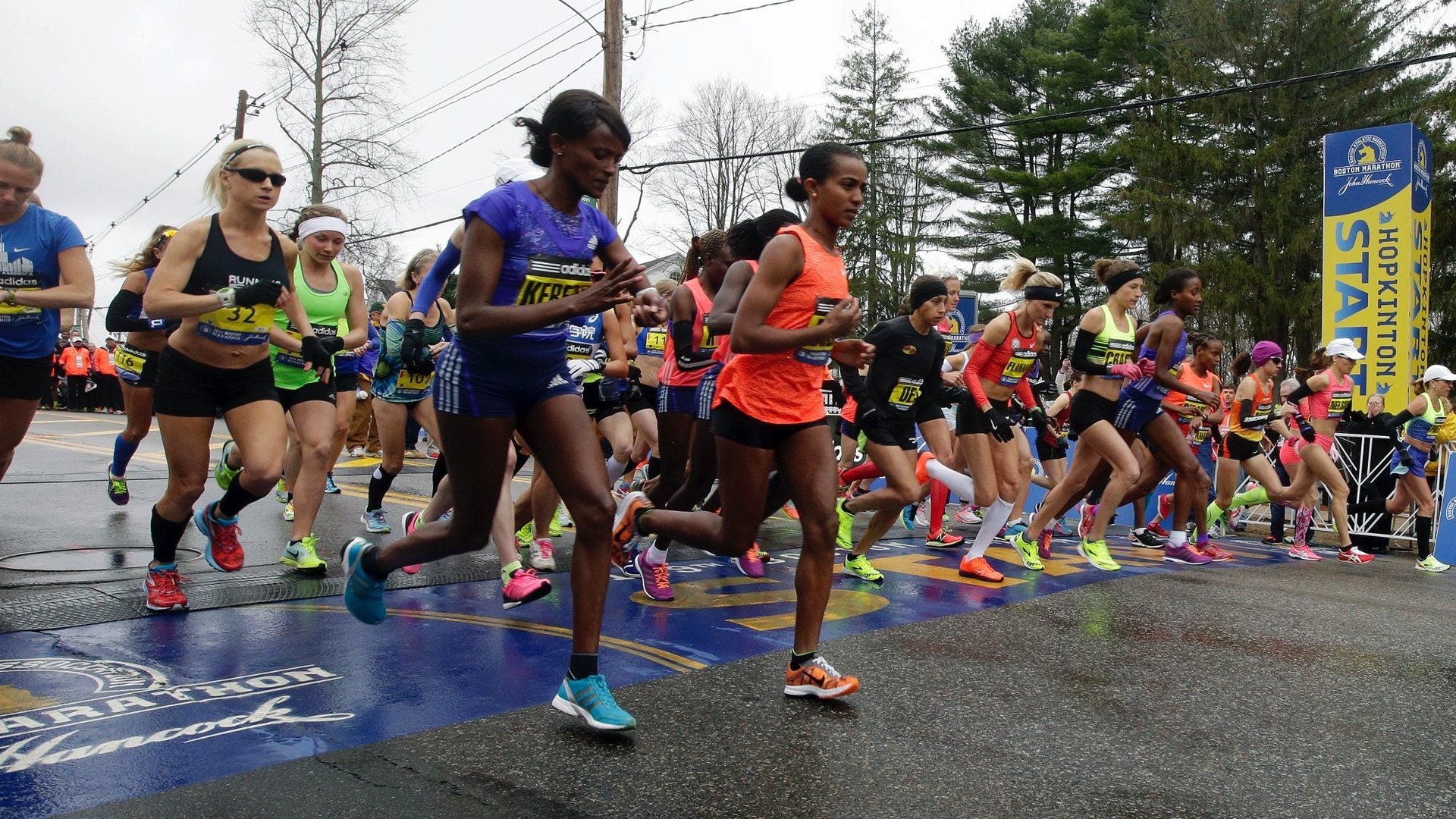The low-tech anti-drone technology at the Boston Marathon today involves net guns and text messages
As 30,000 runners puff their way through the Boston marathon today, they will have a lot to worry about, but local authorities have ensured that drones are not one of them. Massachusetts State Police declared Boston a no-fly zone for drones during the marathon, and a Washington DC-based company will be probing for any drones that dare buzz over the city today.


As 30,000 runners puff their way through the Boston marathon today, they will have a lot to worry about, but local authorities have ensured that drones are not one of them. Massachusetts State Police declared Boston a no-fly zone for drones during the marathon, and a Washington DC-based company will be probing for any drones that dare buzz over the city today.
DroneShield has created a device that listens for the sound of drones, ten of which will be deployed along the marathon route today. DroneShield’s founder, conveniently named Brain Hearing, tells Quartz that drones make a unique sound, like that of an “angry beehive.” This is not an advanced radar or early-warning detection system: The company’s system simply compares sounds it hears to a database of drone sounds. When there’s a match, the system sends out an alert via text message or email.
Hearing, a loyal MIT graduate who spent six years in Boston, offered the service to the Boston police department to guard against any threats posted by drones, especially from hobbyists getting to close with drones trying to get video of the race. Last year, a drone hit a triathlete in Australia when a photographer lost control of the device.
But what can law enforcement officials do once they know there’s an interloping drone on the loose? Hearing said he provided the Boston police department with net guns to take down any drone flying lower than about 100 feet. The net gun idea was inspired by a press event where German chancellor Angela Merkel was harassed by a drone. “Secret service couldn’t reach it because it was about 10 feet up and everyone was laughing,” Hearing says. “But if it was carrying a hand grenade no one would be laughing.”
Hearing said that his system has been used at stadiums and golf courses, but the Boston marathon is the largest event to date. There could be more widespread use of DroneShield’s awareness technology in the future: Hearing tells Quartz he is also speaking to the New York police department.